Dairy Calf Housing Plans To achieve this goal the facility must produce replacement heifers that are ready to breed at 13 to 15 months of age provide a comfortable healthy environment for calves and heifers provide a convenient working environment for the operator
Calf Housing Hutches Calves can be raised in individual hutches that afford them the opportunity to move around be fed individually and allow for good ventilation and ease of cleaning The key is to have the hutches placed about 2 feet apart to avoid contact spread of disease The plans abbreviation key was created to avoid repetition and aid in more complete descriptions DAIRY LOOSE HOUSING SELF FEED LAYOUT STORAGE FOR 40 COWS 5880 60 1 DAIRY LOOSE HOUSING LAYOUT 2 BARNS MILK CENTER BUNK SILOS DAIRY CALF BARN 62 DIAMETER 2 STORY W CENTER SILO 14X38 ND 723 1 3 88 1
Dairy Calf Housing Plans
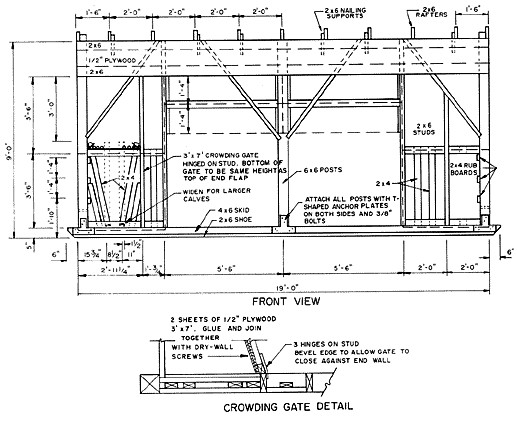
Dairy Calf Housing Plans
https://www.plougonver.com/wp-content/uploads/2018/11/calf-housing-plans-building-and-managing-super-calf-hutches-the-cattle-site-of-calf-housing-plans.jpg

Calf Housing And Calf Pens Design Mfg Installation In 2020 Cattle
https://i.pinimg.com/originals/78/44/8b/78448b68cc88aeed7b816b7bc4210025.jpg
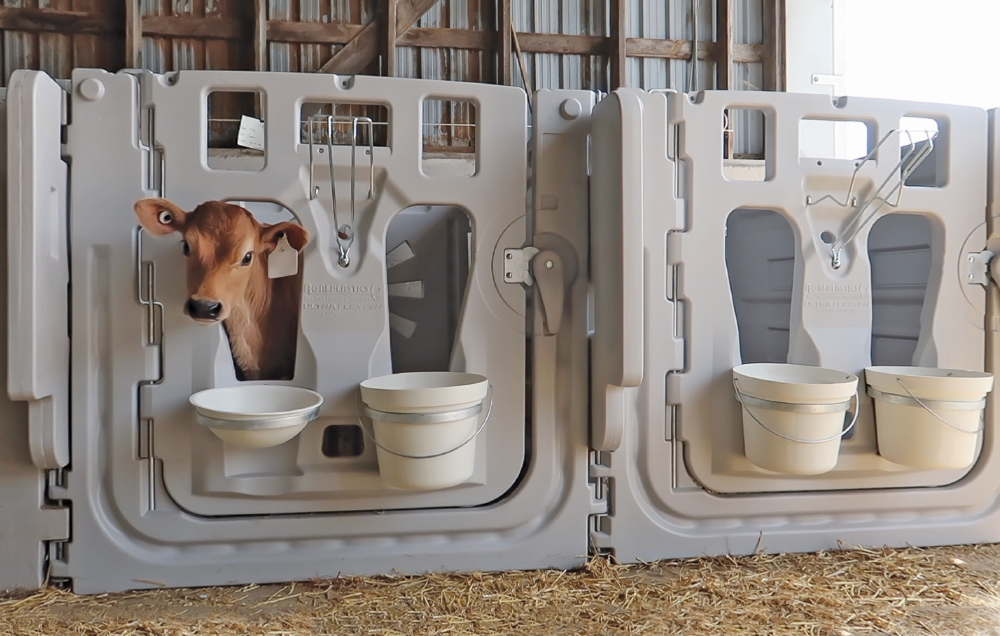
Indoor Calf Housing Calf Hutch
https://calfhutch.com/wp-content/uploads/2020/11/UltraFlexPen_IndoorHousing.png
HOUSING well as monitoring maintaining calibrating and sanitizing the automated feeding system For more on sanitation practices see the Hygiene practices article in this series Autofeeders are one method for allowing calves to achieve greater total daily intakes and to feed more frequently consistent with their natural behavior Figure 1 The ideal temperature for dairy calves ranges between 50 and 78 F for newborns and between 32 F and 73 F for one month old calves In naturally ventilated calf barns producers close the curtain sidewalls to create a draft free environment during cold weather Figure 1 Renovating a 30 head tie stall barn to house calves up to 8 weeks of age
Structure Figure 2 If housed in groups calves should have 30 square feet per animal Avoid housing systems that place calves on cold concrete rubber mats or slatted floors Weaning to 6 months of Age Transitional housing for weaned calves up to 6 months of age can be a shed with pasture or group housing in a hoop shelter or shed What is the best housing design for raising dairy calves 8 October 2007 4 minute read The answer is there is no best design Calves can be raised in many different kinds of facilities whether it is new or a remodeled building on the farm However every design involves trade offs
More picture related to Dairy Calf Housing Plans
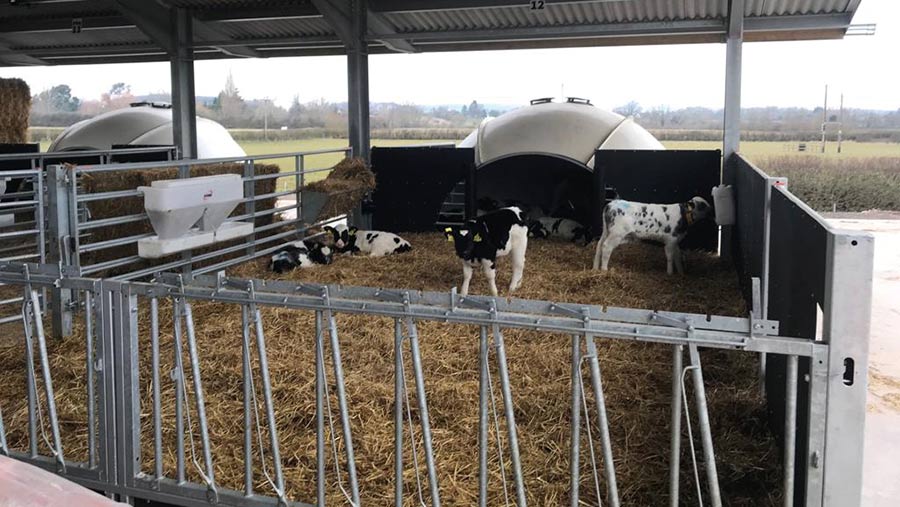
Pros And Cons Of 5 Dairy Calf Housing Options Farmers Weekly
https://stmaaprodfwsite.blob.core.windows.net/assets/sites/1/2022/02/Cobblers-Farm-calf-housing-c-Rob-Collins.jpg

Inside The Progressive Calf Barn In Lake Mills WI Cow House Cattle
https://i.pinimg.com/originals/cc/41/86/cc4186b8a601819ee95e08b67ee35d01.jpg
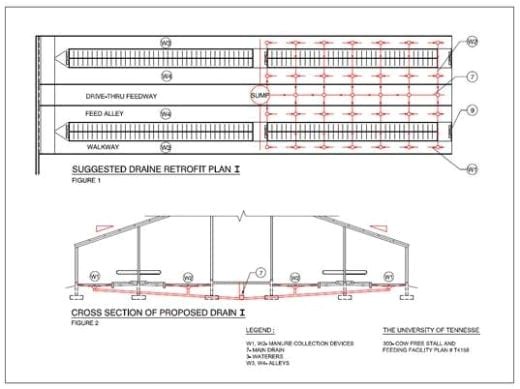
Calf Housing Plans Dairy Cow Housing Manure Engormix Plougonver
https://plougonver.com/wp-content/uploads/2018/11/calf-housing-plans-dairy-cow-housing-manure-engormix-of-calf-housing-plans.jpg
The goal of housing facilities is to serve as tools in support of the overall management plan Management Groups When considering rearing dairy replacement calves generally three distinct management groups can be formed the newborn group the transition group and the adolescent group Newborn Group By Maureen Hanson June 10 2019 All dairy calf housing should be clean dry comfortable and well ventilated But newly weaned calves have even more specific housing needs according to Penn State Extension agricultural engineer Dan McFarland He said heifers from post weaning to 5 6 months of age ideally should be housed in groups of 8 or
Young dairy calves have traditionally been housed in single calf hutches because this has generally been believed to be healthier for them than having contact with other baby calves Recent research and behavioral studies are showing that there are benefits to paired and group housing Joe Armstrong DVM Cattle Production Systems Extension Dairy cattle are housed in and regularly exposed to various types of facilities throughout their life Starting from the calf housing then onto heifer housing and finally to the lactating cow barns and milking center A facility master plan is a plan that uses drawings and written documentation to articulate the vision of the future
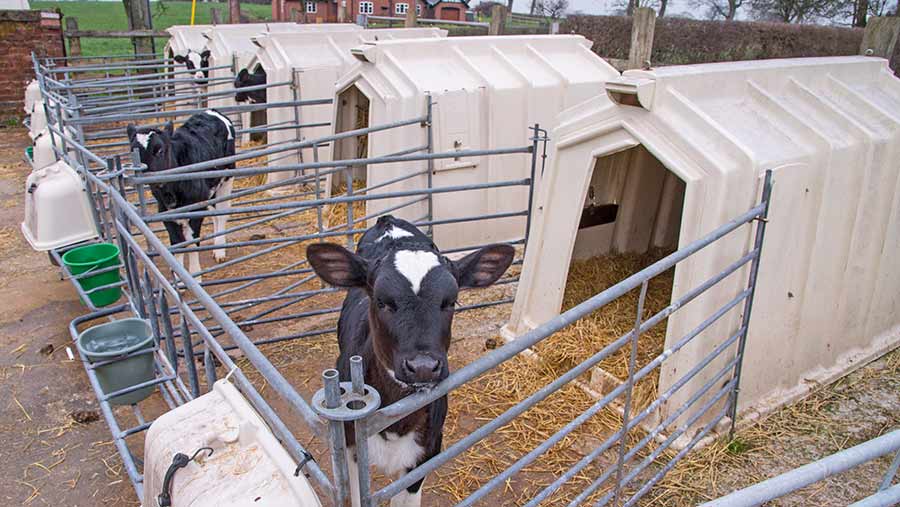
5 Essential Ingredients For Good Calf Housing Farmers Weekly
https://stmaaprodfwsite.blob.core.windows.net/assets/sites/1/2018/03/4-calf-hutch_3265363a-c-FLPA_-John_Eveson_REX_Shutterstock.jpg

Calf Housing Plans Plougonver
https://plougonver.com/wp-content/uploads/2018/11/calf-housing-plans-calf-housing-plans-escortsea-of-calf-housing-plans.jpg
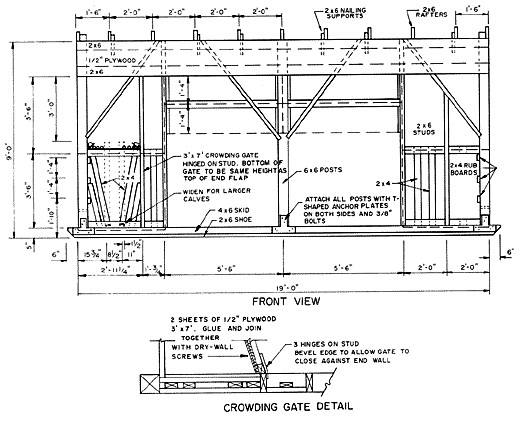
https://extension.psu.edu/calf-and-heifer-housing
To achieve this goal the facility must produce replacement heifers that are ready to breed at 13 to 15 months of age provide a comfortable healthy environment for calves and heifers provide a convenient working environment for the operator

https://ag.umass.edu/crops-dairy-livestock-equine/fact-sheets/small-scale-dairy-calf-cattle-housing
Calf Housing Hutches Calves can be raised in individual hutches that afford them the opportunity to move around be fed individually and allow for good ventilation and ease of cleaning The key is to have the hutches placed about 2 feet apart to avoid contact spread of disease

Buildings Four bay Dairy Calf To Beef Shed YouTube

5 Essential Ingredients For Good Calf Housing Farmers Weekly
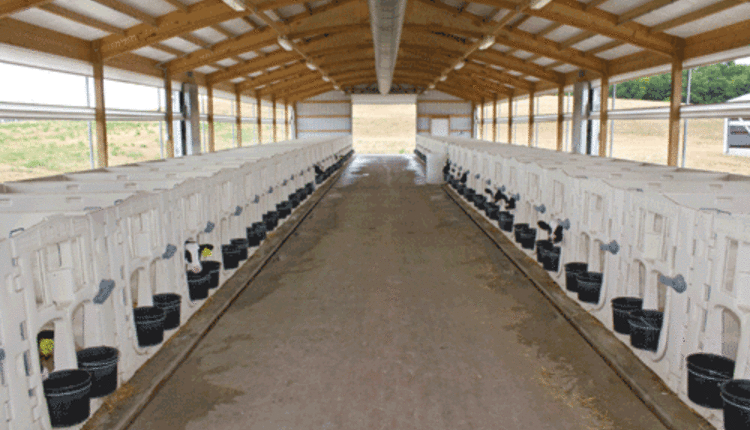
Calf Barns Can Equal Hutches
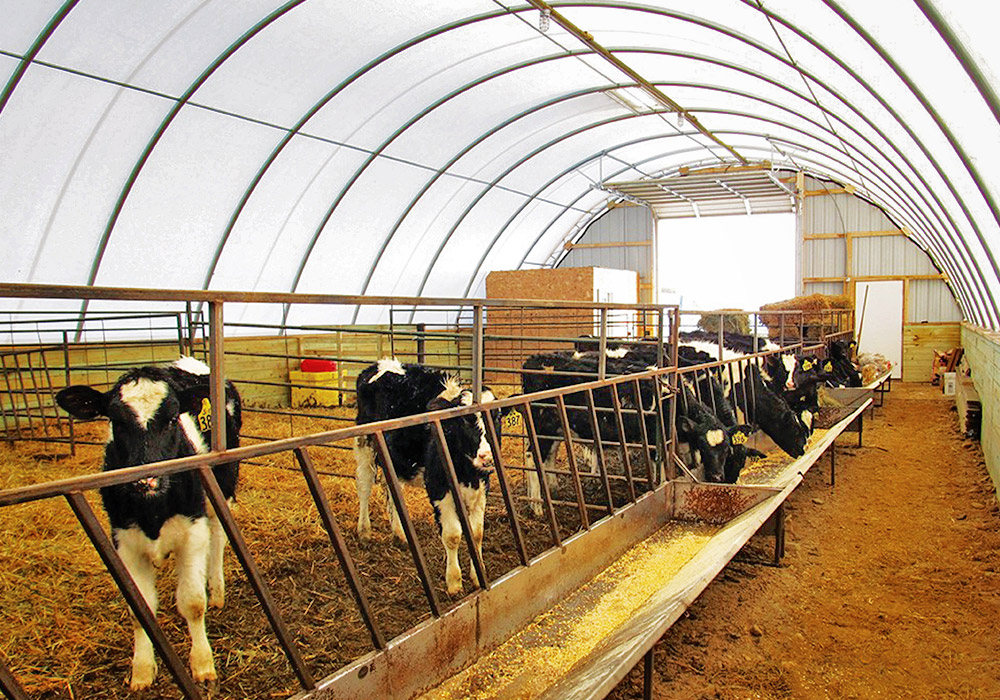
Calf Barns Construction Calf Barn Designs GC Fabric Building Division

Where The Calves Live Beautiful New Calf Barn YouTube
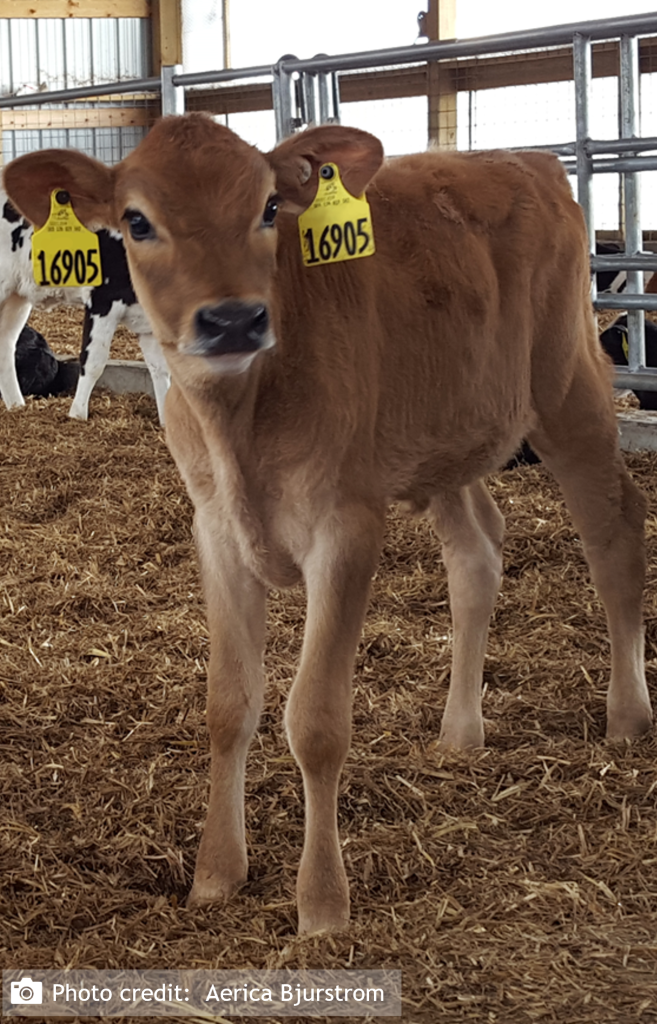
Cold Weather Calf Care Dairy

Cold Weather Calf Care Dairy

Calf Housing Robinsons Agricultural Agricultural Shed Builders

Dairy Calf Housing

DAIRY CALF MANAGEMENT Farm Management By Davies Cheruiyot Goodreads
Dairy Calf Housing Plans - Structure Figure 2 If housed in groups calves should have 30 square feet per animal Avoid housing systems that place calves on cold concrete rubber mats or slatted floors Weaning to 6 months of Age Transitional housing for weaned calves up to 6 months of age can be a shed with pasture or group housing in a hoop shelter or shed